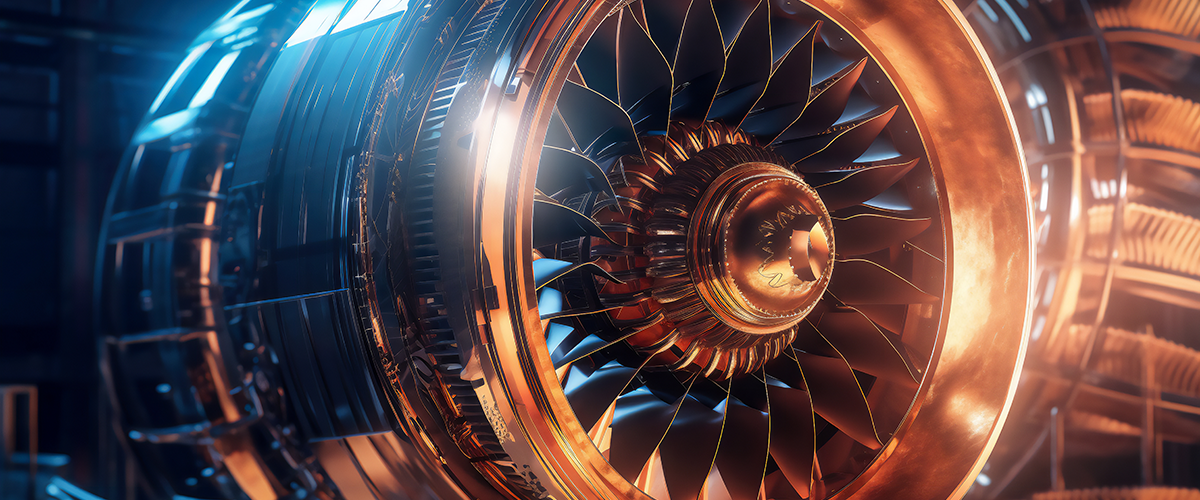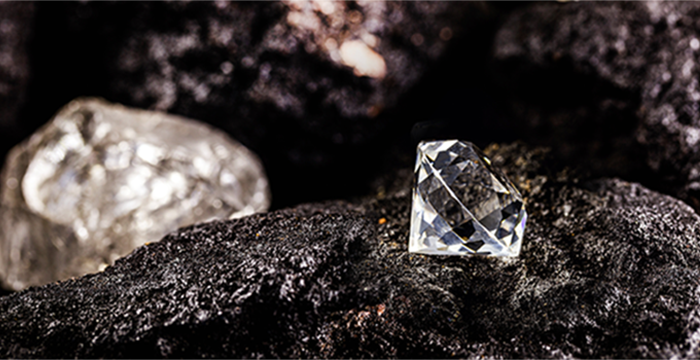Navigating turbulence...
Jason Spilkin December 2023

The story goes that the most reliable car is the very last one to come off a production line. Whereas new models go through rigorous pre-production durability testing, this is never a substitute for real world “wear and tear”. Only by the time the very model rolls off the line, have all the unforeseen issues cropped up and necessary recalls been made.
The same truism holds when it comes to jet engines. Though new generation jet engines are more fuel efficient, they have a higher sticker price and come with more reliability risk. Savvy CEOs, like Micheal O’Leary of Ryanair, must balance the risks and rewards against each other when considering new fleet.
In 2015, after spending approximately $10bn on research and development, Pratt & Whitney (“P&W”), the eponymous engine manufacturer (owned by Raytheon “RTX”), launched an all-new engine. P&W’s Geared Turbo Fan (“GTF”) sought to challenge General Electric’s (“GE”) dominance of the short haul, narrowbody market. By contrast, GE’s next generation Leading Edge Aviation Propulsion (“LEAP”) engine, which launched a year later, was a modification of an existing design. GE were playing it safe. After all, “if it isn’t broke don’t fix it!”.
Unsurprisingly, the LEAP has proven more reliable, but the GTF is more fuel efficient. At the Paris Airshow in June this year, P&W outlined certain improvements to the GTF to improve reliability – or “time on the wing” in airline parlance. These were based on actual data after early vintages came in for their first “overhaul” - airline speak for service.
Such tweaks are the norm rather than the exception. By way of example, in the mid 1990’s, there were three engine options on Boeing’s 777 widebody jet. At that time, the GE-90 was an all-new design, whereas the competing offerings from P&W and Rolls Royce (“RR”) were modifications of existing engines. The GE-90 was initially plagued by gearbox wear and tear issues, forcing their maiden customer, British Airways, to ultimately ground their fleet, and resulting in it becoming the least popular engine option on the first 777 variant. Over time, GE improved reliability and the GE-90 became more popular on subsequent 777 variants. Fast forward to today, and the GE-90 is known for reliability, so much so, that it is the sole option on Boeing’s latest 777-X variant.
In July this year, P&W shocked the market when they disclosed a material defect with the “powder metal” used to produce high pressure turbine and compressor disks, resulting in lower-than-expected useful life of those parts of the engine. Though the “quality escape” was rectified by late 2021, P&W need to recall and replace contaminated parts earlier than anticipated. The result is a logistical nightmare over the next 2-3 years as GTF engines queue up on the ground outside workshops. If that wasn’t enough, P&W also need to ramp up disk capacity earlier than anticipated. All going to plan, the issue should be completely resolved by 2026. RTX’s share of the costs have been estimated at $3.25bn, most of which is compensation to airlines for being unable to fly their planes. The actual parts and workshop costs are relatively inexpensive.
Efficient market disciples might be surprised that RTX’s market value dropped by over $45bn from July through to October this year - significantly more than RTX’s estimated $3.25bn provision! Indeed, the ~30% rout in market value more than wiped the entire value of P&W off RTX’s share price – notwithstanding P&W has large, wholly-owned, military and small engine businesses which are unaffected since they spend most of their lives on the ground and aren’t covered by “fly by the hour” contracts. The risk is confined to P&W’s GTF business, which we estimate comprises roughly half of operating profit but only a quarter of P&W’s net profit, when adjusting for the fact that it is a “risk-sharing partnership”, which is 51% owned as a joint venture. We estimate RTX’s GTF business would contribute roughly 10% of net profit at normalised margins. Put simply, the share price reaction seemed overblown in all scenarios, barring the entire GTF fleet being grounded for a few years with RTX paying compensation all the while.
Investors can be forgiven for being skittish. With memories of the Boeing 737-Max grounding still fresh in their minds, they seemed to sell indiscriminately. Benjamin Graham was not wrong when he commented that “in the short run the market is a voting machine but in the long run, it is a weighing machine”.
Though not without risk, we believe the reaction of RTX’s share price more that compensates for the additional cost of fixing existing GTF models. Taking a longer-term view, the powder metal issue has been resolved and subsequent variants of the GTF should prove more reliable – as is often the case. Further, we believe the LEAP’s superior reliability today is in part due to it being a modification of an existing design, which is tried and tested. However, GTF’s all-new design could be more “future proof” and allow it to sustain its fuel efficiency advantage whilst closing the reliability gap (as with the GE-90). History doesn’t repeat itself, but it often does rhyme.
This communication does not constitute an investment advertisement, investment advice or an offer to transact business. The information and opinions expressed in this communication have been compiled from sources believed to be reliable. None of Credo, its directors, officers or employees accepts liability for any loss arising from the use hereof or reliance hereon or for any act or omission by any such person or makes any representations as to its accuracy and completeness. Any opinions, forecasts or estimates herein constitute a judgement as at the date of this communication. Credo Capital Limited is a company registered in England and Wales, Company No: 03681529, whose registered office is 8-12 York Gate, 100 Marylebone Road, London, NW1 5DX. Authorised and regulated by the Financial Conduct Authority (FRN:192204). © 2025. Credo Capital Limited. All rights reserved.




